Healthy Housing
-

Insect fragments, lead dust, pesticides, pollen, dust mites, animal dander, human skin flakes, or fungal spores are just some what makes up your household dust. This means that between 30 to 40 percent of the dust inside your household has been brought in from the outdoor world. This can be tracked in from dust on…
-

We have all been spending more time at home lately due to COVID-19. Most schools are still utilizing virtual learning at home in some way or another as part of their safety protocol to limit the spread of the virus. These virtual learning days may minimize exposure for the children to the coronavirus, but could…
-

As we spend more time inside our homes, our concerns about indoor air quality are magnified. The air inside your home is more polluted than the outside air and can negatively impact you. Your health impacts depend on the types of pollutants in your air, how often you breathe them, and your current health. People…
-

Have you thought of the importance of safety when using an extension cord? Extension cords deliver power right where we need it— if the lamp isn’t close enough to the wall or floor outlet, we just plug it into an extension cord. It is important to remember that convenience should never overrule safety. Below are…
-

The holiday season is a joyous time to gather with family and friends. It can also be a busy time of gift shopping, preparing your infamous green bean casserole, or hosting extended family and friends. With the hustle and bustle of the holiday season, your pets, who many times are part of the family, may…
-

Gift giving is an uphill battle that only seems to intensify with age, especially when shopping for older adults. Buying for those who are not able to buy for themselves takes some creative thinking. Here are some ideas to get you started. Connect them to a local senior center and financially contribute to their outings…
-

As you purchase gifts now and throughout the year, give gifts that improve the health and safety of the people you care about. There are many gift ideas that do not cost a lot and encourage safe behaviors. Below are some ideas to get you thinking. Children Select toys that are appropriate for the child’s…
-

Hurricane Michael impacted thousands in southwest Georgia, along with Florida, Virginia, North Carolina and South Carolina. Many are still waiting for the power to be restored. Recovery from any natural disaster takes time. When returning to your home there are an overwhelming number of things to deal with. The purpose of this blog is to…
-

Would you like to live a little greener and healthier? With a few minor changes you can make your home a healthier place to live. Place a doormat in front of every exterior door and leave your shoes at the door. These two actions reduce the contaminants you are tracking into your home on the…
-
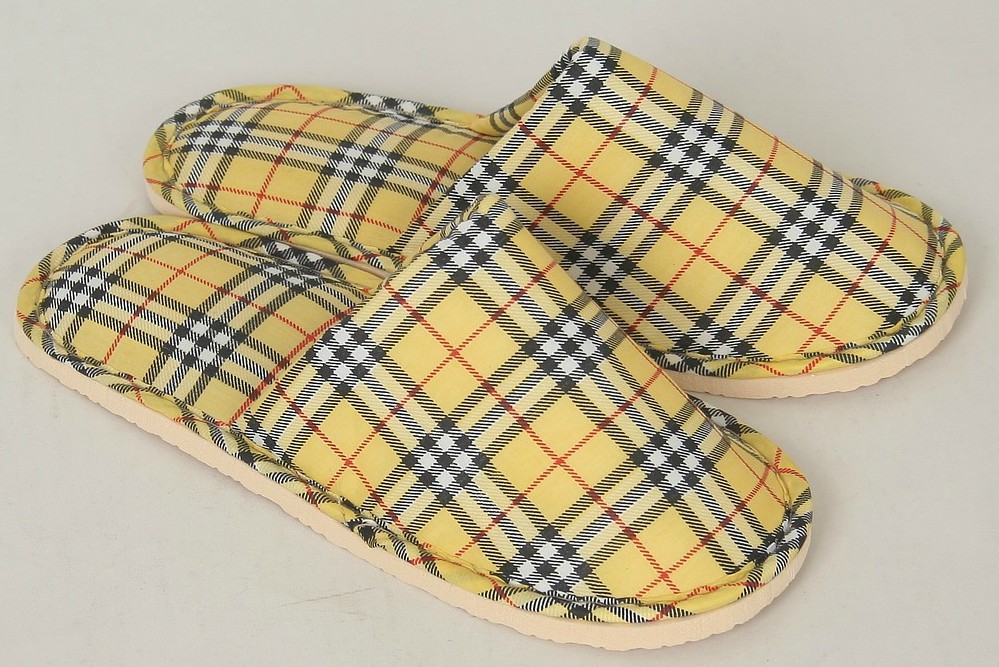
Still looking for gifts? Here are some gift ideas that focus on keeping individuals and families safe and healthy in their homes. These suggestions encompass the eight principles of a healthy home. Learn more about making your home healthy and safe at www.georgiahealthyhousing.org. Keep your home safe Slippers with non-skid soles to prevent slips and…
-
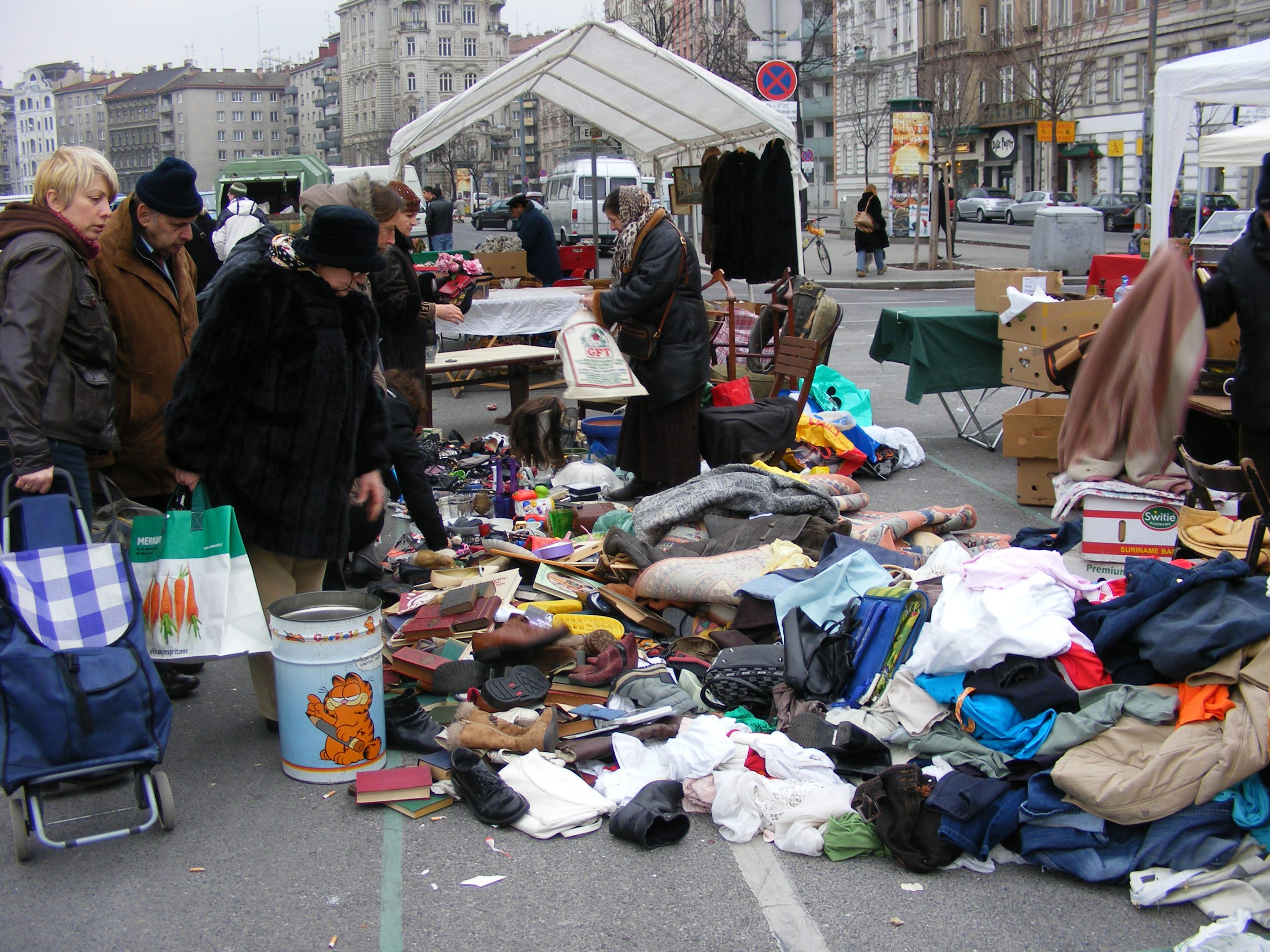
A garage sale is a great way to share your treasures with others. You benefit by decluttering your home, and earning a few dollars. Each year the second Saturday in August is designated as National Garage Sale Day. If that weekend doesn’t work for you, find another day or participate in a community garage or yard sale,…
-

Lead can be found in many places in and around your home.If you live in a home built before 1978, there may be lead in the paint. Over time it can chip or peel off contaminating the soil around your home. If you are concerned about lead in the soil around your home, you can…
-

Healthy housing is an issue of concern around the globe. The Healthy Housing 2016 conference in Brisbane provides an opportunity to share research on the indoor environment and sustainable design. This is the 7th International Conference on Energy and Environment of Residential Buildings (ICEERB 2016) and my colleague and I were pleased to share our work…
-

In a few days I am flying back to where this blog had it’s beginning in 2012 – Australia! Over the past years we have grown and changed. My fellow blogger is retired and now it is just me, but I still maintain the same goal – to provide trustworthy resources to help people live healthier…
-

At the end of a busy summer I find myself needing to “declutter” my brain. This year I decided a good place for me to start is to take control of my home. I am not a hoarder, but I have a lot of stuff and it feels like it has taken over every room…
-
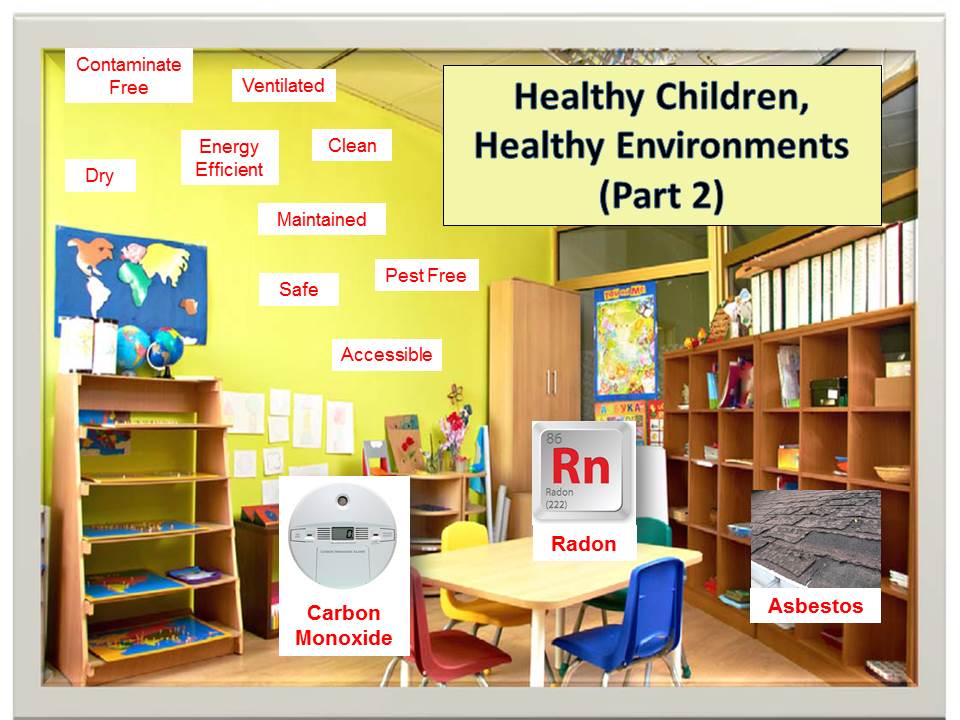
Learn more about how you can reduce the health risks associated with radon, carbon monoxide and asbestos in child care environments. Childhood diseases and injuries associated with unhealthy environments cost us $54.9 billion annually. This includes lead poisoning, neurobehavioral disorders, asthma, childhood cancer and accidents in the home. Because of their size, stage of development…
-

Have you ever thought about what you bring into your home on the bottoms of your shoes? You may be tracking in insect fragments, lead dust, pesticides, pollen, pet hair, fungal spores, cigarette ash, or even human skin flakes. Now think of your children playing on the carpeting you just walked across. Since they are…
-
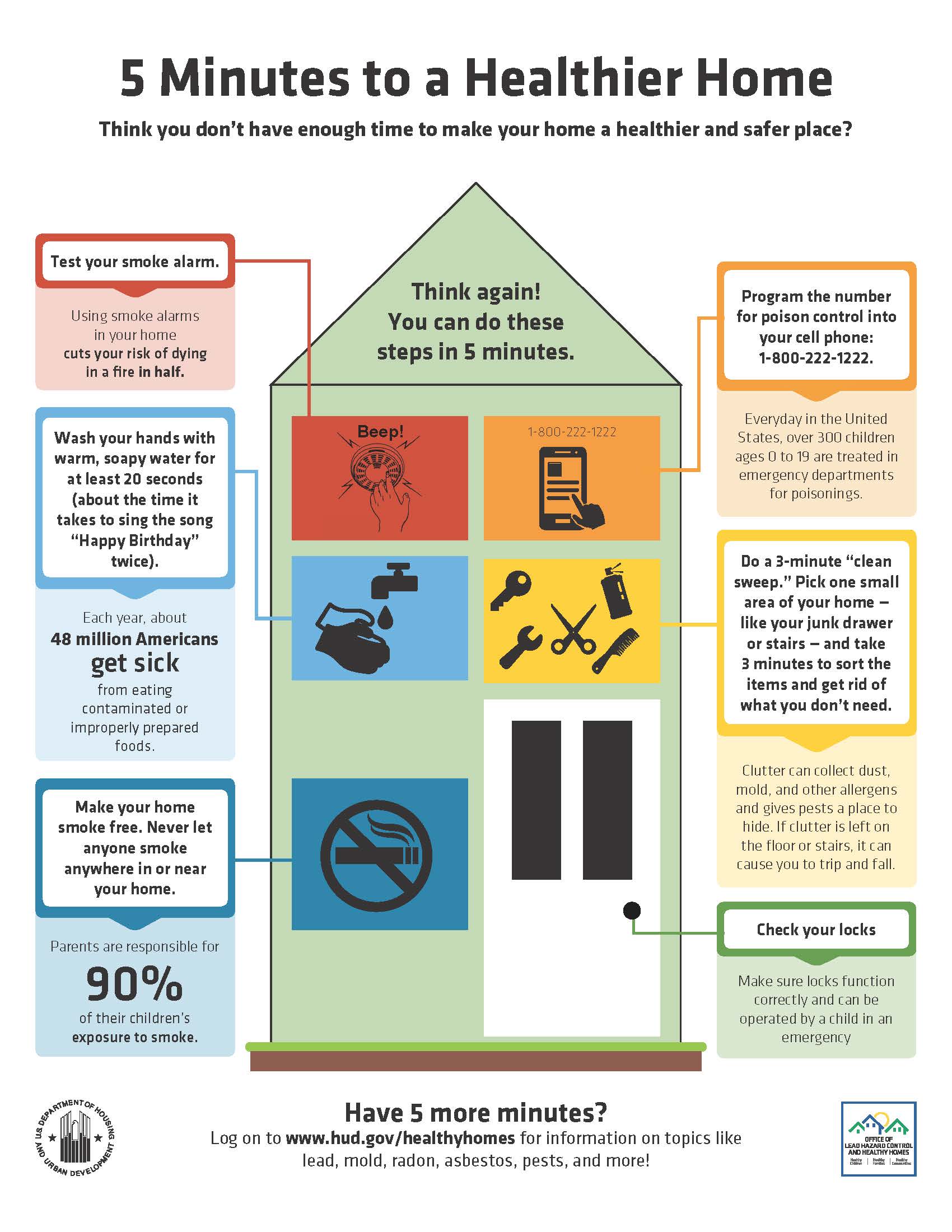
Everyone can carve out 5 minutes each day to keep yourself and your family healthy. You may need to make trade-offs, but it will be worth it. Here are five things you can do to make your home safer and healthier. Program the poison control number (1-800-222-1222) into your cell phone. Inspect your door locks and…
-
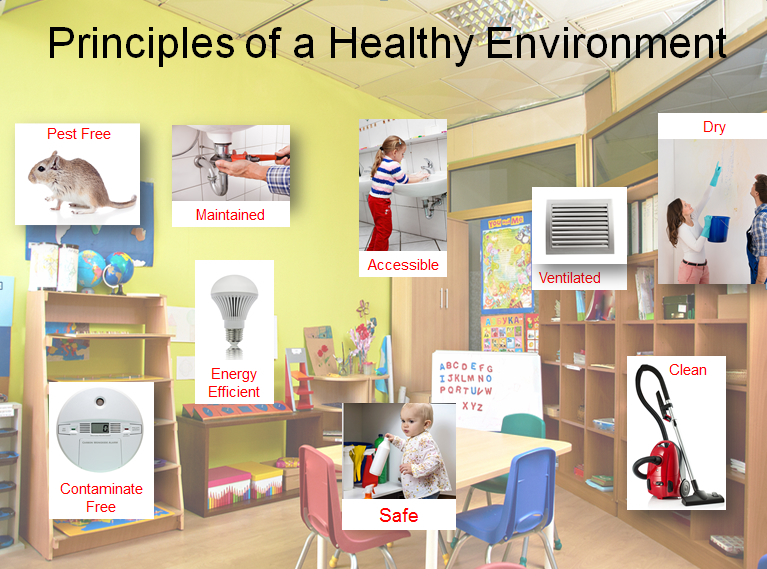
Each day millions of children spend a good part of the day away from home in a child care facility. It’s important to keep them healthy and safe both at home and while they are away from home. One of best things you can do is to learn more about the connection between health and the indoor…
-
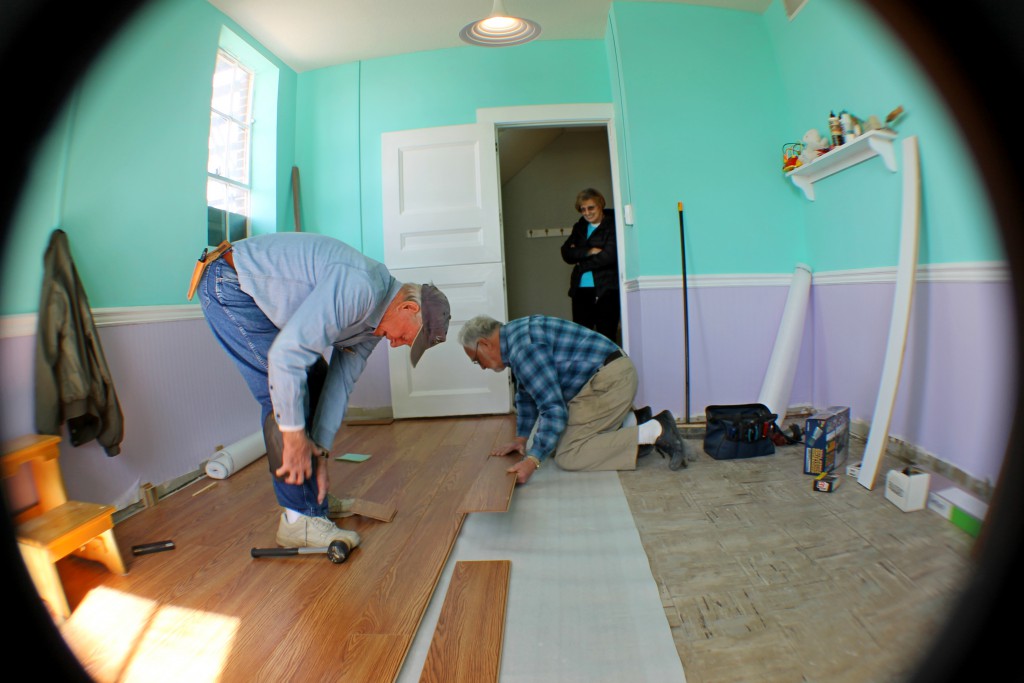
Health problems and laminate wood flooring are back in the news. The cause of alarm centers around formaldehyde, a known-carcinogenic, that is used in some pressed wood products like laminate wood flooring. Formaldehyde is found in a variety of home and consumer products. It is used in plywood, particleboard, medium-density fiberboard (MDF), wood floor finishes,…
-

Every January we recognize the winners of the Radon Poster Contest. This year there were four winners in Georgia. Congratulations to the winners and thank you to all who entered. The posters were great! A special thanks to Southern Radon Reduction who provided prizes for the winners. The posters do a great job of increasing…
Posted in: Healthy Housing -

Radon is a dangerous gas that may be in your home. It is easy to test your home for radon. Learn more about testing from this informative blog written by fellow UGA Extension bloggers – Radon is the second leading cause of lung cancer. Radon can be found in any home. The only way to…
-

If you want to give gifts that promote healthier and greener living, the first thing to do is consider the recipient. Are you giving something that person really wants or can use? Don’t stress about gift giving. Have fun finding that special gift for everyone on your list. Below are some ideas. Gifts that promote recycling…
-

Do you feel ill whenever you are in your house, but feel fine when you stay in a hotel or at a friend’s house? There could be something in your house that your body is reacting to. Mold is often the named culprit; however, it isn’t always mold. To determine what is causing your health concerns you…
-

I recently visited Montana where over 86,000 acres have burned or are on fire. This year in the United States, about 7.2 million acres have been impacted by wildfires. That’s an area about five times the size of Delaware. It’s easy to see that the smoke from the fires in Montana, Canada, and surrounding states…
-

Not too long ago, I had the opportunity to travel to Malta to present a paper on healthy housing (definition of healthy housing) at the International Federation for Home Economics (IFHE) conference. It was a great conference, with researchers from around the world sharing their research and insights into issues that impact individuals and families around the world.…
-

I may have brought bedbugs home from my vacation. What an awful souvenir! I travel a lot, but this is the first time I have had an encounter with bedbugs. Maybe staying at all those convents and monasteries in Europe instead of five star hotels protected me from these unsavory pests. In reality, bedbugs can be…
-

Every year 72,330 women die from lung cancer. Lung cancer has killed more women than breast cancer since 19871. Of those who survive, only 18% survive five years2, meaning lung cancer has one of the highest mortality rates of all cancers for women. So, why is it that only 1% of women consider lung cancer…
-
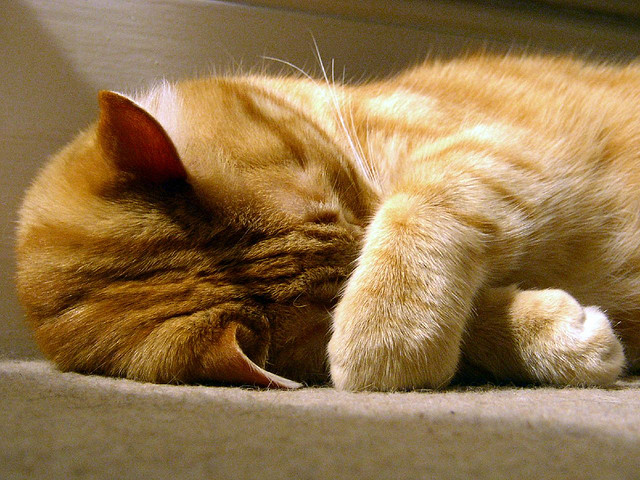
My New Year’s Resolutions are a few days late, but I’m not stressing over it. My resolution is to relax and not stress about minor things (like a late blog post). This year I encourage you to focus your goals on relationships, your health, and the health of the world. Below are resolutions I suggest…
-
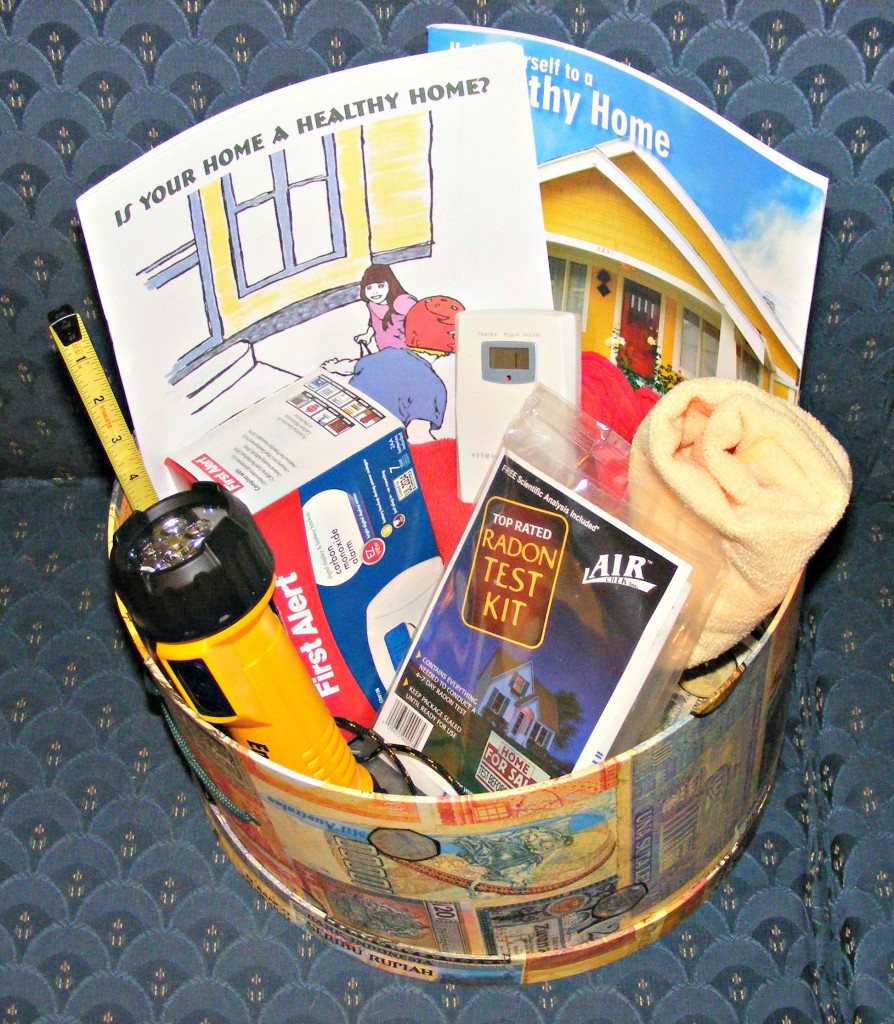
I have always enjoyed gifts – both the giving and receiving of them. According to researchers, I am not alone. Gift giving is an important part of human interaction and psychologists say that the givers often reap the biggest psychological gains. When someone takes time to thoughtfully select a gift for me, it means so…
-

Does your home have “curb appeal?” October is a great time to stand on the curb and check out the condition of your house. Are the spiders taking over the front porch? Does it need painted around the windows to keep the moisture out? Are there loose shingles? Is the sidewalk cracked? Are the gutters…
-

It’s the last long weekend of summer. Take time off from your daily labors. Here are five things you can do to celebrate the long weekend. 1. Learn what Labor Day is all about? Do you know anything about Labor Day, other than the fact that you get Monday off? Take time to learn more…
-

In 2013 there were 16,655 reports of children under 6 exposed to poisons that are easily found in our homes. In most homes you can find batteries, laundry detergent, medications, household cleaners, pesticides, gasoline, and paint, along with other household products. Many of these products, especially those that look like candy, can poison children. In…
-

You could be adding to the pollutants in your home with the cleaning products you use. Studies conducted by the U.S. Environmental Protection Agency show levels of several common organic pollutants are two to five times higher inside homes than outside. These indoor pollutants come from volatile organic compounds (VOCs) released from a variety of…
-

Lead is a highly poisonous metal that can have serious health effects, especially for children under the age of 6. It only takes a small amount of lead to severely affect their mental and physical development. Lead-based paint and lead contaminated soil are the most common sources of exposure. House paint in the U.S. no…
-

Mold is all around us. It grows on any organic substance, as long as there is moisture and oxygen. You can’t eliminate all of the mold and mold spores in your home, but you can reduce mold by controlling moisture. Mold can trigger allergies or asthma attacks in children and adults, so it is important…
-

We spend close to 90% of our time indoors, much of which is spent in our homes where we are exposed to a variety of contaminants and allergens that can trigger asthma attacks. In the U.S. almost 25 million people are affected by asthma. This includes about 7 million children. The asthma triggers in your…
-

Where did you walk today? Think about all the places your feet have been in the last 24 hours and then imagine the contaminants found in those places. Every time you walk into your home with your shoes on you are tracking in the contaminants you encountered throughout the day. About 30 to 40 percent…
-

Compared to adults, babies and children have a higher breathing rate and less developed lungs. This means babies and children can be more susceptible to environmental damage to the lungs than adults, like in the case of radon. Radon is the leading cause of lung cancer among non-smokers. It’s a naturally occurring, radioactive gas that…
-

Injuries in the home are the number one killer of children in the U.S. Most of these home injuries could have been prevented. An example is single-use laundry detergent, also known as Laundry pods. They are convenient to use, but can be very dangerous to children. What can you do to make your home safer?…
-

Children are more likely than adults to fall victim to hazards in your home. Relative to their body size, children breathe in more air and consume more food than adults. They also spend more time close to the ground where contaminants lurk and there are lots of things to chew on. This means they are…
-

Oh, to have granite countertops adorn your kitchen! They are the dream countertops for many people who are building a new home or remodeling their current home. The quality, appearance, and even status, attracts many people; however, another element of granite countertops has come to the forefront in recent years – radon. When concerns about…
-

Having fun in Jacksonville, Florida while learning more about radon. You may not think that’s something you need to know about. Not true! You need to pay attention and take action. Radon is a radioactive gas that is the leading cause of lung cancer among non-smokers. Radon is found in EVERY home regardless of type…
-

Guest blogger: Gabrielle Walters, CHES, MPH and Radon Educator with The University of Georgia Department of Financial Planning, Housing and Consumer Economics. ♣ ♣ ♣ ♣ ♣ ♣ ♣ St. Patrick’s Day is a day that began as a way to celebrate the work of St. Patrick in Ireland and has now turned into a…
-

I recently attended a great conference at Fort Valley State University (FVSU). The theme of the Under One Roof Housing Conference was “Seniors: The New Majority.” Did you know that by 2020 almost 20% of our population will be over-65? It’s those famous “Baby Boomers” who are increasing the numbers at such a rapid rate. …
-

Every year over 1 million people are accidentally poisoned. Many poisonings can be prevented by using and storing household products safely. For more information on ways you can reduce chemicals in your home and make your home safer check out the UGA Extension website, where you will find helpful tips and green cleaning recipes.
-

Some people are so hard to buy gifts for that you end up giving them something they won’t ever use or that they don’t really want. Sometimes a practical gift added to something fun is the way to go. This year think of ways to give something that will keep those you love safe. Bicycle…
-

This past week was Lead Poisoning Prevention Week. It was good to have a week focused on lead poisoning, but we really need to pay attention to the dangers of lead year around. Lead poisoning is often preventable. The most common sources of lead poisoning are lead paint chips and dust. In 1978 lead was…
-
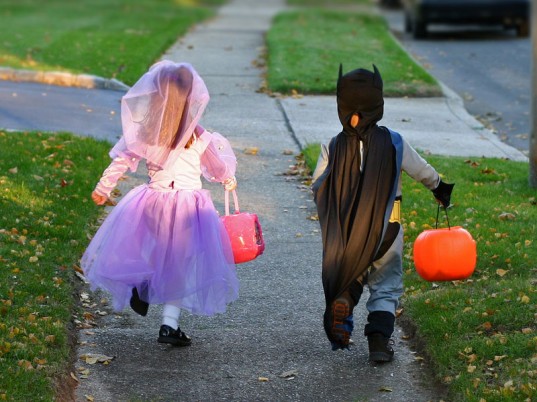
Some fun Halloween facts. In 2012 there were 41 million potential trick-or-treaters across the U.S. In 2012 47,800 acres of pumpkins were harvested The top 6 pumpkin-producing states are Illinois, California, Ohio, Pennsylvania, New York and Michigan. The self-proclaimed “Halloween Capital of the World” is Anoka, Minnesota. It was one of the first cities in…
-
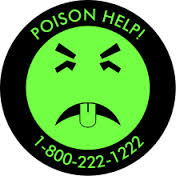
Your children are at a greater risk of exposure to environmental hazards than you. These hazards exist where they live, learn and play. Children engage in “riskier behaviors” than most adults. Two big “environmental risky behaviors” children engage in are: Crawling across floors that can have a number of different contaminants on them Putting toys…